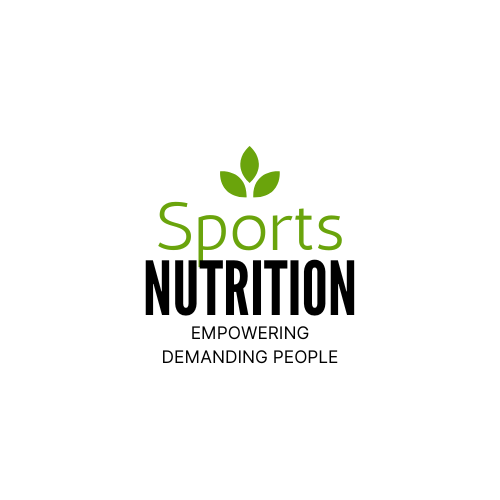Explore the essential role of whey protein for gym goers, trainers, and fitness enthusiasts. This comprehensive guide highlights whey protein’s benefits, types, and the ideal timing for consumption to optimize muscle growth, enhance recovery, and support weight management. Discover how incorporating whey protein into your routine can elevate your fitness journey.
For gym goers, trainers, and fitness enthusiasts, optimizing workout results is often a primary objective. One of the most effective tools to achieve this is whey protein. This guide delves into the benefits of whey protein, the different types available, and the ideal timing for consumption to maximize muscle growth and recovery.
The Benefits of Whey Protein
Whey protein is a high-quality protein derived from milk, containing all nine essential amino acids needed for muscle growth and repair. It is known for its rapid absorption rate, making it an excellent choice post-workout. Here are some key benefits:
- Enhanced Muscle Growth: Whey protein provides the body with the building blocks required for muscle synthesis, helping to increase muscle mass more effectively.
- Improved Recovery: After intense workouts, muscles are in a state of recovery. Whey protein accelerates this process by supplying the essential nutrients needed to repair and build muscle tissues.
- Weight Management: Studies have shown that protein can help decrease body fat and increase muscle retention, playing a pivotal role in sustainable weight management.
Types of Whey Protein
There are several forms of whey protein, each with distinct characteristics:
- Whey Protein Concentrate (WPC): Contains low levels of fat and carbohydrates, with a protein content ranging from 70% to 80%. WPC is a great option for those looking to balance cost and benefit.
- Whey Protein Isolate (WPI): Processed to remove most of the fat and lactose, WPI has a protein content of 90% or higher. This type is ideal for those who are lactose intolerant or on a strict calorie diet.
- Whey Protein Hydrolysate (WPH): Known for its faster absorption rate, WPH is often used in medical protein supplements and formulae for infants. It is also less allergenic than other forms.
Optimal Time to Consume Whey Protein
When it comes to maximizing the benefits of whey protein, timing is crucial. Here are some recommendations:
- Post-Workout: Consuming whey protein within 30 minutes after a workout helps kickstart the muscle recovery process. This period is crucial for replenishing glycogen levels and repairing muscle fibers.
- In the Morning: Starting your day with a protein-rich meal can prevent muscle breakdown and keep you energized.
- Between Meals: Taking whey protein as a snack can help manage hunger and provide a constant source of essential amino acids throughout the day.
Incorporating Whey Protein into Your Routine
To effectively incorporate whey protein into your fitness routine, consider the following tips:
- Consistency is Key: Regularly consuming whey protein, as part of a balanced diet, is essential for achieving desired fitness results.
- Pair with Balanced Meals: Combining whey protein with a diet rich in whole grains, fruits, and vegetables ensures that your body receives comprehensive nutrition.
- Monitor Your Intake: Adjust your protein intake based on your fitness level and goals. Consulting with a nutritionist or a trainer can help tailor your protein consumption to your specific needs.
Conclusion
Whey protein is a powerful ally for anyone looking to enhance their fitness journey. By understanding its benefits, forms, and optimal consumption times, you can make it a valuable part of your workout routine. Whether your goal is muscle gain, improved recovery, or effective weight management, whey protein can help you reach new heights in your fitness pursuits.




